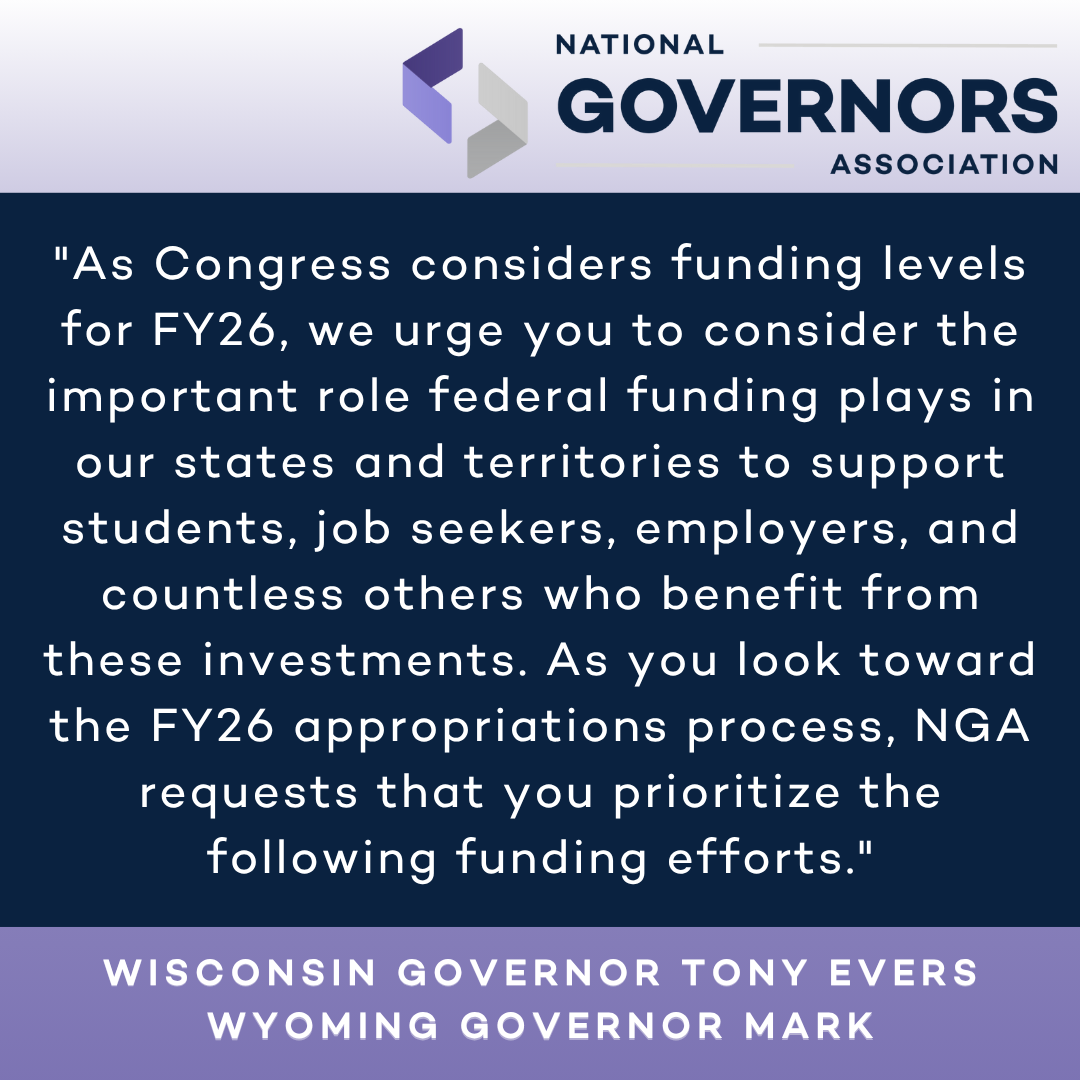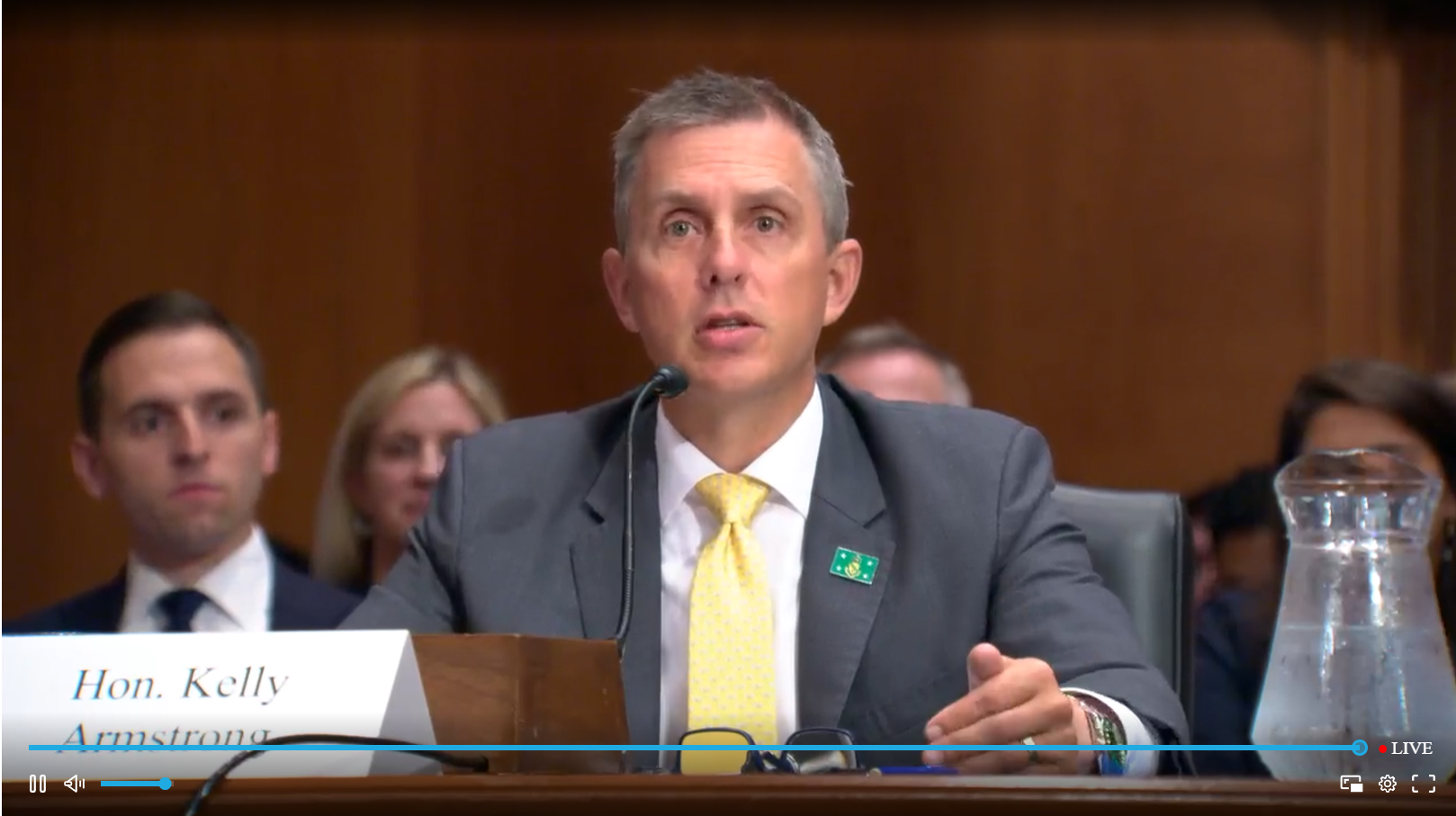The Infrastructure Investment and Jobs Act includes new allowable uses for transportation funds, investments in digital equity and inclusion, and planning to strengthen the transportation workforce.
(Download)
On November 15, 2021, President Biden signed the bipartisan Infrastructure Investment and Jobs Act (IIJA) into law. As a result, states will receive substantial federal aid for crucial and long-overdue infrastructure initiatives such as increasing access to high-speed internet, making improvements to public transit, and protecting systems from cyberattacks. Critically, the IIJA also includes multiple provisions to invest in preparing the workforces required to undertake these initiatives. These resources will impact federally-funded workforce systems by prioritizing direct and indirect employment in critical industries and occupations, requiring states to coordinate a digital equity imperative, and providing Governors, state workforce development boards, and state workforce agencies opportunities for grant-funded activities and strategic alignment.
Workforce Provisions in the IIJA
While the IIJA will have a significant effect on the federal workforce system at large, there are a few key items that present new opportunities for states. These include new allowable uses for transportation funds, investments in digital equity and inclusion, and planning to strengthen the transportation workforce.
Expansion of Allowable Uses for Transportation Programs
The IIJA allows states to obligate funds from four programs authorized by the Fixing America’s Surface Transportation Act (FAST Act) toward workforce development activities. Allowable uses now include support for pre-apprenticeship and apprenticeship programs as well as career opportunities for on-the-job training. The IIJA also expands the allowable uses of these funds to allow for engagement with workforce development boards and for activities around addressing workforce gaps and developing the surface transportation workforce. The IIJA allows these uses under the following programs:
- The National Highway Performance Program;
- The Surface Transportation Block Grant Program;
- The Highway Safety Improvement Program; and
- The Congestion Mitigation and Air Quality Improvement Program
Digital Equity Act of 2021
Title III of the IIJA includes the Digital Equity Act of 2021, which creates two new programs of particular interest to state workforce system leaders: The State Digital Equity Capacity Grant Program and the Digital Equity Competitive Grant Program.
State Digital Equity Capacity Grant Program
The State Digital Equity Capacity Grant Program (Sec. 60304) will provide $60 million for states to develop Digital Equity Plans to ensure residents can attain the skills needed to fully participate in the digital economy. The program will then award a total of $1.44 billion over five years in grants to support implementation of those plans. These grants will be awarded by the U.S. Department of Commerce based on a state’s population, demographics, and residents’ relative access to and use of broadband for a five-year period to, in part, ensure residents can attain the skills needed to fully participate in the digital economy. Key program elements for Governors, workforce development boards, and state workforce agencies include:
- Program Administration: Governors have the authority to select the entity that administers the program. Eligible entities include state agencies, non-profit organizations, institutions of higher education, and other entities that administer workforce development programs.
- Equity Plans: States must submit a Digital Equity Plan to the Department of Commerce that outlines how they will allocate their grant award and promote digital equity and inclusion. Plans must also include an assessment of how grant activities will align with the state’s economic and workforce development goals, plans, and outcomes.
- Sub-Grantees: States may award subgrants to execute their Digital Equity Plan. Entities eligible for subgrants include workforce training providers, local education agencies, and municipalities.
Digital Equity Competitive Grant Program
The Digital Equity Competitive Grant Program (Sec. 60305) is designed to support initiatives that address a range of digital inclusion and broadband expansion needs in states and localities, including some activities that are similar to those encouraged under the State Digital Equity Capacity Grant Program. Entities that receive support from the Digital Equity Competitive Grant Program – which may include institutions of higher education, medical or health providers, local education agencies, and workforce training providers – are not required to develop multi-year plans for the funding.
States are among the public and nonprofit entities eligible to receive these four-year awards, which would also be administered by the Department of Commerce. This program will be funded at $250 million per year over a five-year period, or a total of $1.25 billion. Key program elements for Governors, WDBs, and SWAs include:
- Program Administration: State entities that administer the State Digital Equity Capacity Grant Program may not also administer the Digital Equity Competitive Grant Program.
- Required Match: Federal dollars may cover only 90 percent of grant activities.
Transportation Workforce Development Needs Assessment & Planning
Title V, Sec. 25020 of the IIJA requires the Secretary of Transportation to conduct a needs assessment that analyzes the education and recruitment of transportation workers as well as explains the barriers individuals face in seeking employment in the transportation industry. It also requires the establishment of a working group – which will include the Secretary of Labor – to consider a “whole-of-government approach” to leveraging registered apprenticeship and pre-apprenticeship programs and re-skilling workers who are interested in the transportation industry. This working group will be required to submit an implementation plan to Congress one year after the needs assessment is complete.
State Human Capital Plans
Under Title I, Subtitle B, Sec. 11203 states are encouraged to submit voluntary five-year plans that outline the immediate and long-term workforce needs they plan to address using the transportation and public infrastructure investments made by the IIJA. Plans may include the role of workforce development boards and state workforce agencies in implementation and a human capital management strategy aligned with the state’s transportation mission and goals. Human capital plans may be incorporated into the statewide transportation plans already required by federal rules or developed separately.
Opportunities to Consider in Preparation for Federal Investment in the Infrastructure Workforce
This $1.2 trillion investment in infrastructure offers a meaningful opportunity for Governors, workforce development boards, and state workforce agencies to strengthen and create new partnerships in the transportation industry and collaborate with transportation stakeholders. Governors and state leaders may wish to consider how they will track the performance of programs, measure results, and ensure sustainability for effective programs where relevant.
Some specific opportunities for Governors, workforce development boards, and state workforce agencies to consider include:
1. New Allowable Uses for Transportation Programs
- How, if at all, will state entities that administer eligible FAST Act programs obligate funds for workforce development? What strategic planning should states undertake to ensure that any new support aligns with existing workforce development efforts?
- How will these state entities, if at all, use these funds to engage with workforce development boards as would be allowed by the IIJA? How may Governors facilitate coordination among relevant stakeholders?
2. Digital Equity Act
- How can grant funds and corresponding state activities align with existing workforce development efforts? How can it align with the state’s WIOA plan?
- How can Governors ensure that the state entity they select is attuned to existing workforce development efforts? What assistance can workforce development boards and state workforce agencies provide the Governor to help inform their decision?
- How might workforce development boards and state workforce agencies help inform the state plan that would be required under the Digital Equity Act?
3. State Human Capital Plans
- Should the state develop a human capital plan to strategize for the immediate and long-term workforce needs of the state that will be prompted by the IIJA? If so, should the plan be incorporated into the state’s existing transportation plan? What role should workforce development boards, state workforce agencies, and Governors play in the plan’s development?
4. Transportation Workforce Development Needs Assessment & Planning
- How might workforce development boards, state workforce agencies and Governors help inform the needs assessment conducted by federal policymakers?
- How might workforce development boards, state workforce agencies, and Governors inform and influence the resultant implementation plan submitted to Congress?
This resource is a product of the NGA Center for Best Practices Workforce Development & Economic Policy program. Questions regarding the content of this memo can be directed to Jack Porter (jporter@nga.org) or Loren Shimanek (lshimanek@nga.org).












